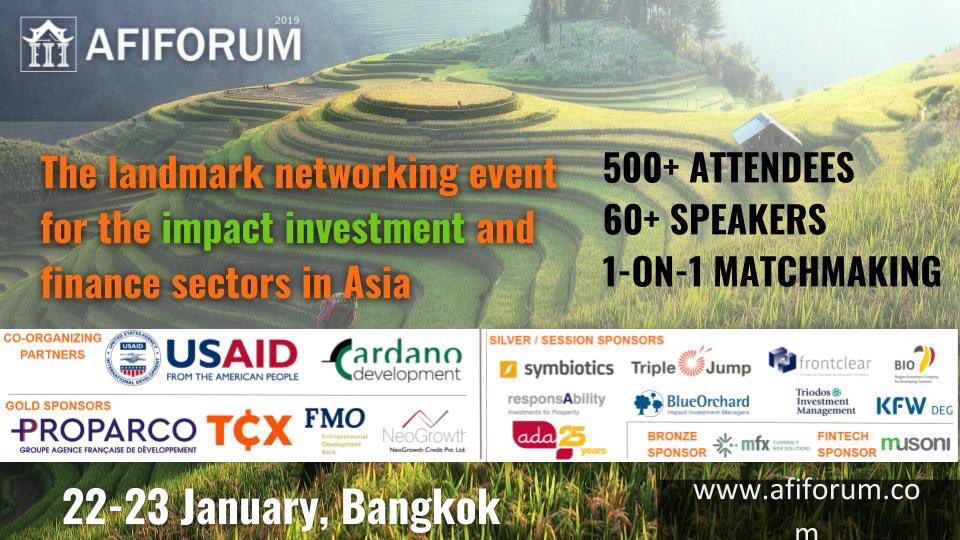Now, thanks to Dlonguebougou villagers & @camillatoulmin, we can show you the impact. And how #ClimateChange has affected weather patterns over the last 40 years.
Thread begins⬇️ 1/
"But thanks be to God, no one has been hurt.”
Nevertheless, the consequences for Dlonguebougou and its villagers were immense... 3/
And while villagers contemplated the loss of their homes, there was little to eat because their food stocks had been washed away.
@reliefweb reported on the rain across Mali --> reliefweb.int/disaster/fl-20… 5/
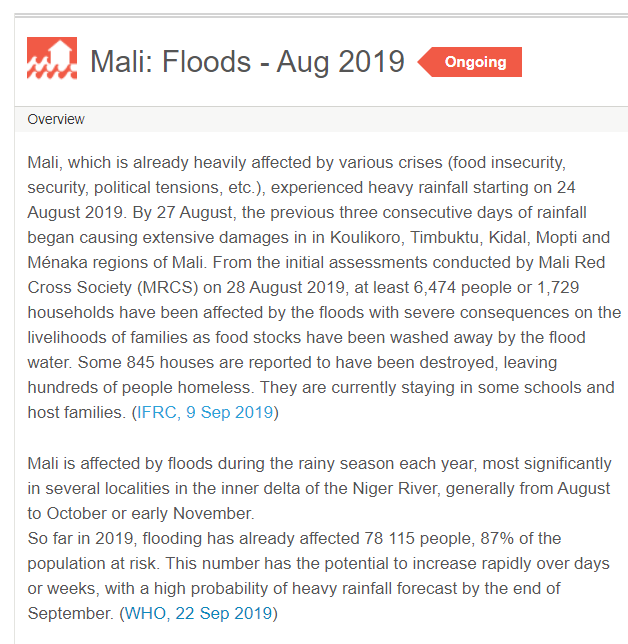
And as a climate change expert, she is perfectly positioned to reflect on how increasingly extreme weather events are affecting such villages... 6/
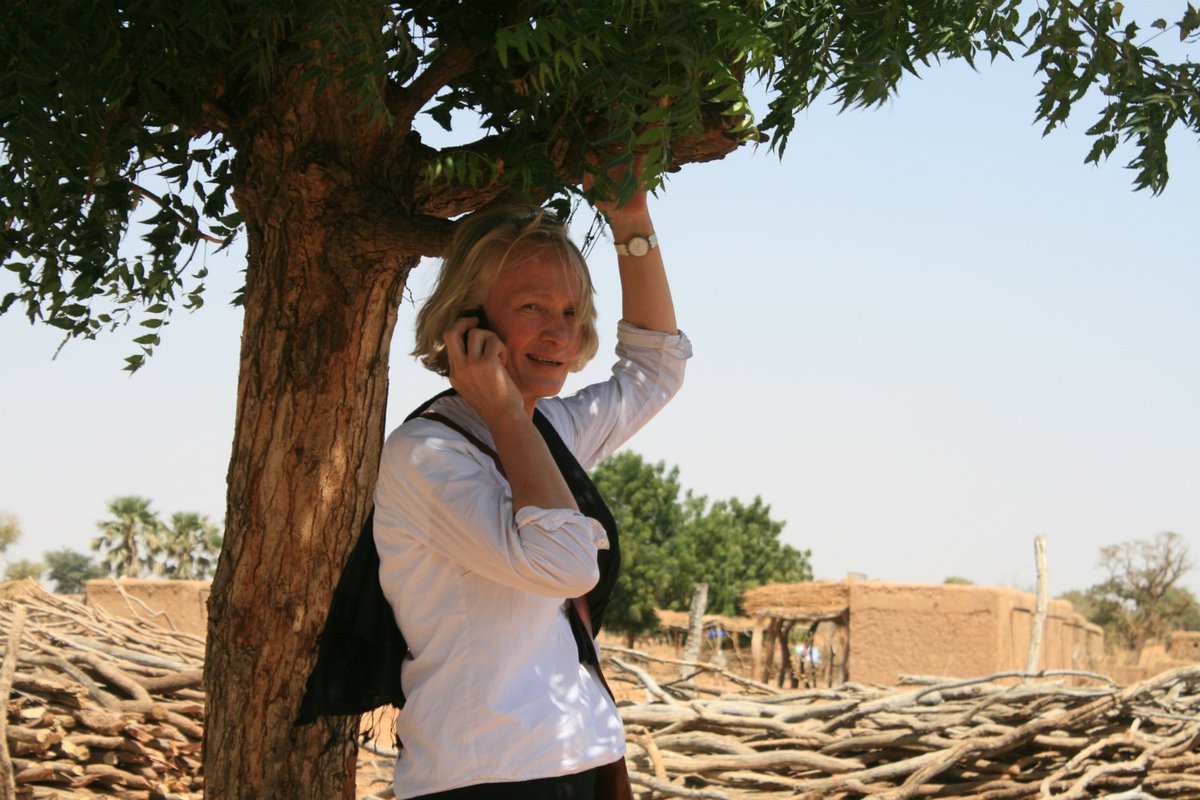
"Now it’s concentrated in a shorter period and falls in a few massive storms, instead of the longed-for gentle showers." 7/
"But even that was *nothing* compared to the flood of August 25th.
"It’s hard enough making a living in the Sahel without floods devastating your prospects." 9/
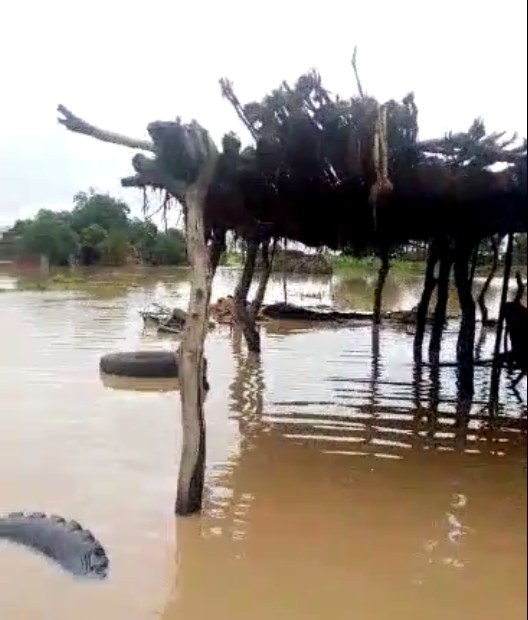
Their experience provides further evidence of how the #ClimateCrisis affects the West African Sahel. 10/
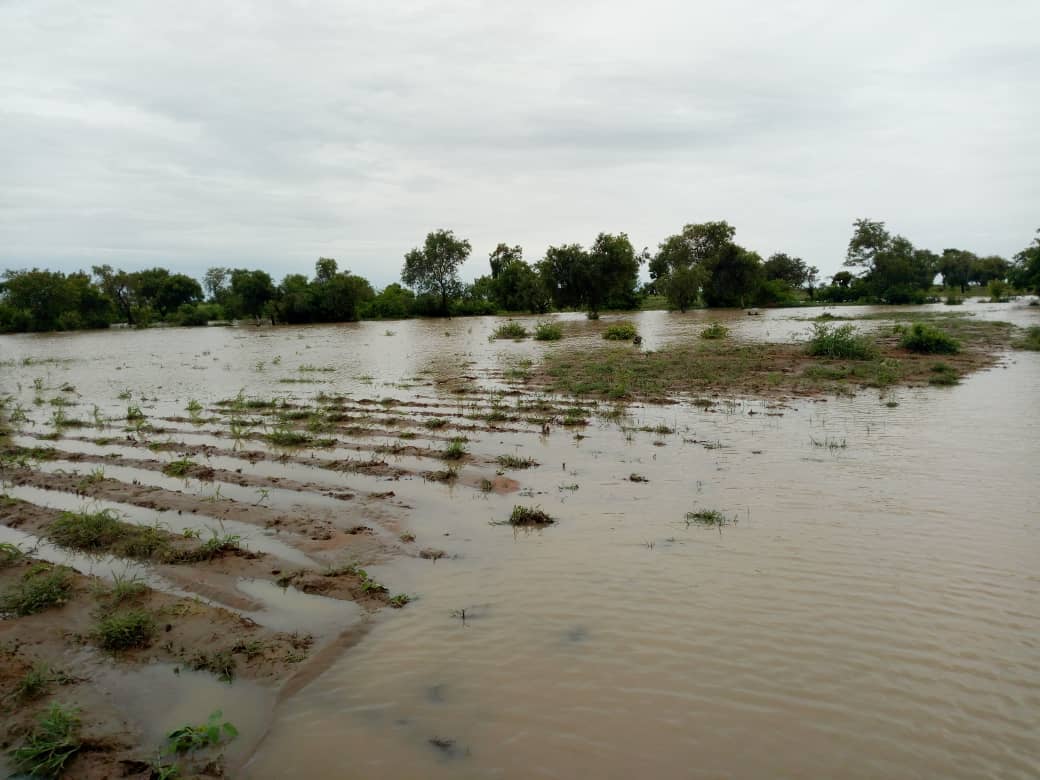
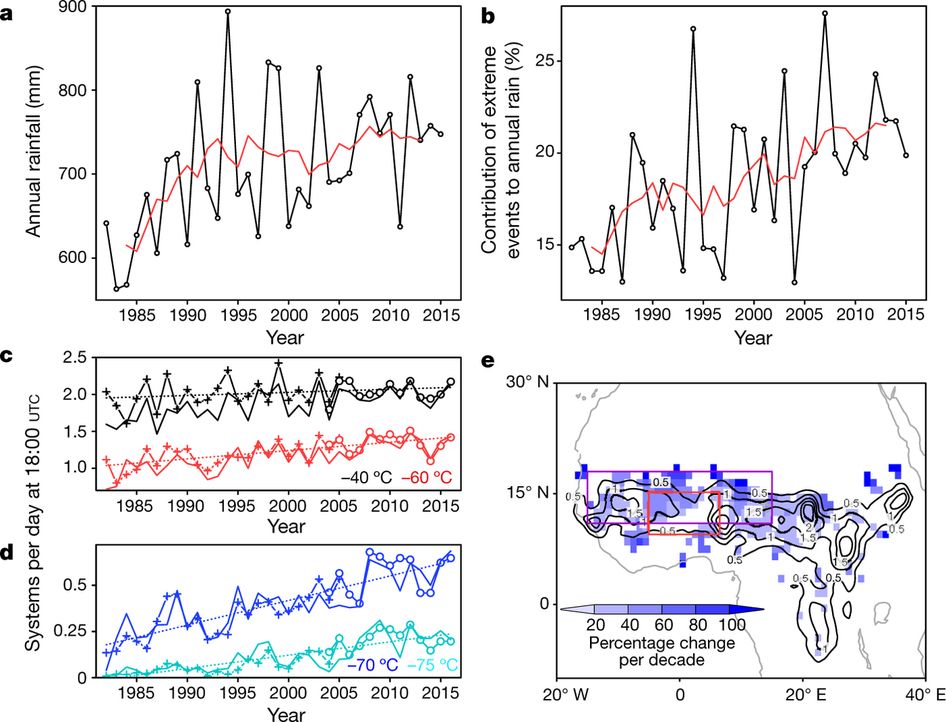
And learn/share lessons with other settlements facing the same challenges, as shown in this #ThankYouForTheRain film /13
/14
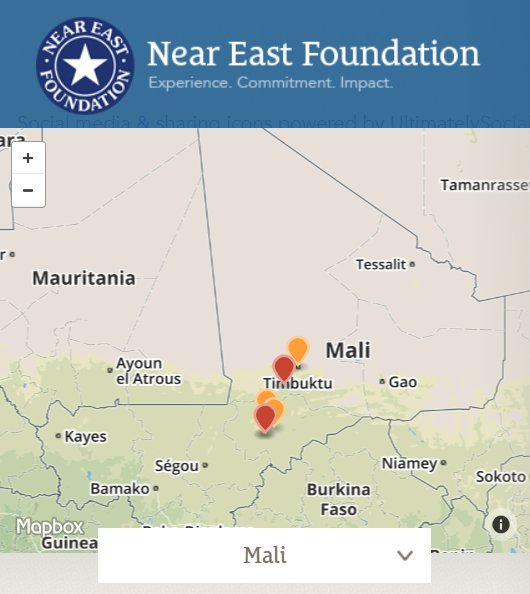
Here's a blog from after a visit in 2016, with 5 observations about the changes she's witnessed -> iied.org/rainfall-grazi… /15
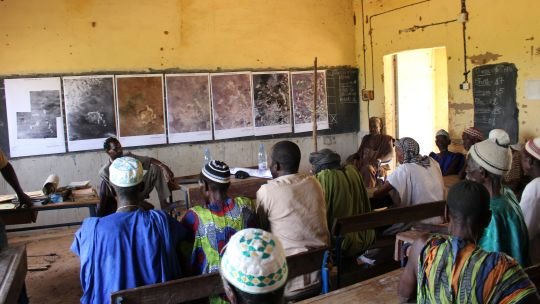
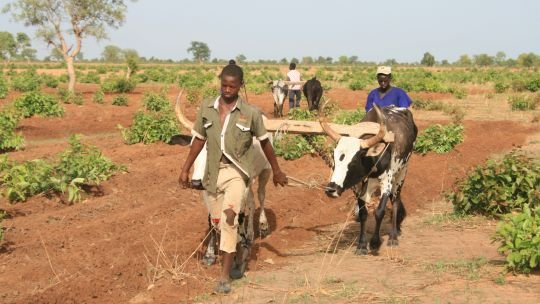
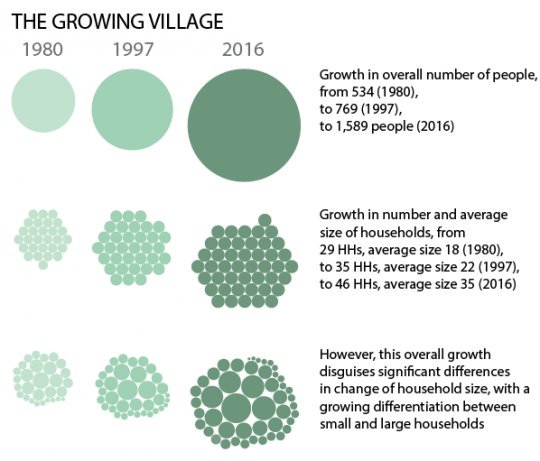
All photos/videos from Dlonguebougou used in this thread were supplied by Makono Dembélé, Dlonguebougou villagers and @camillatoulmin.
Tweet 12/ used a Creative Commons image by Peter Casier from Flickr.
Thread ends. 16/16









